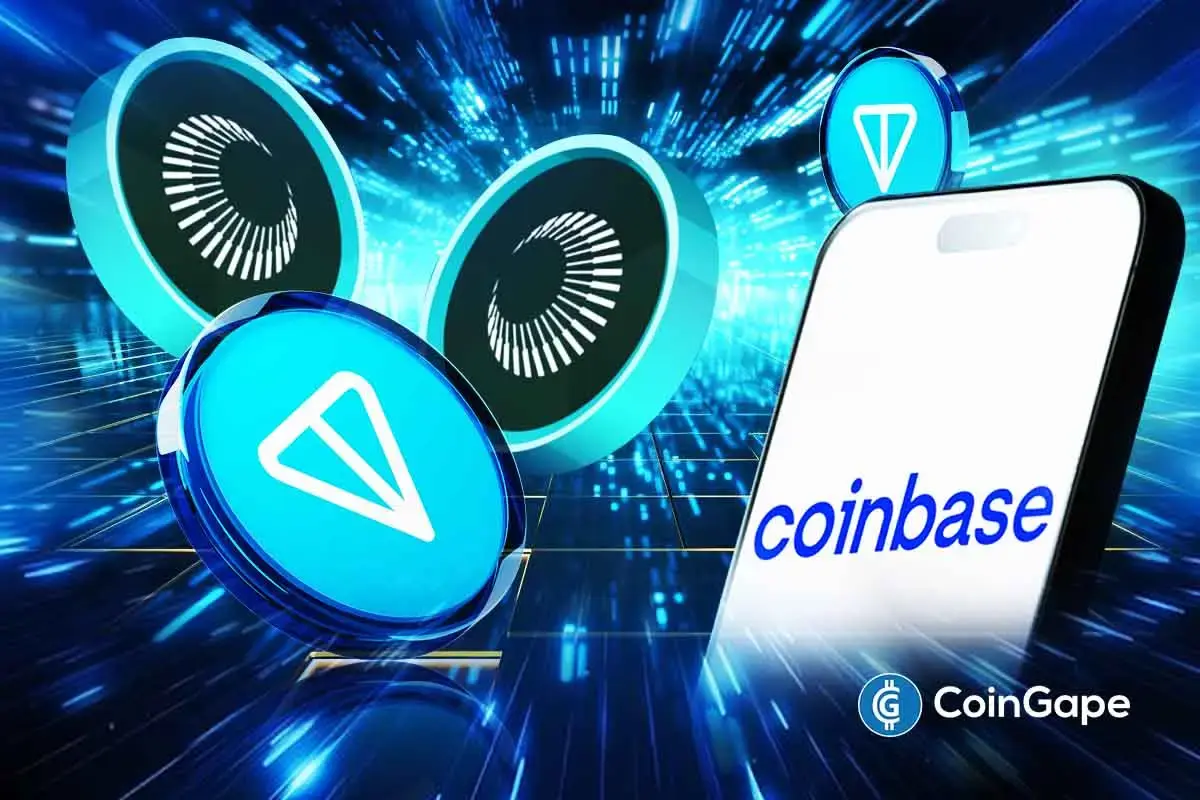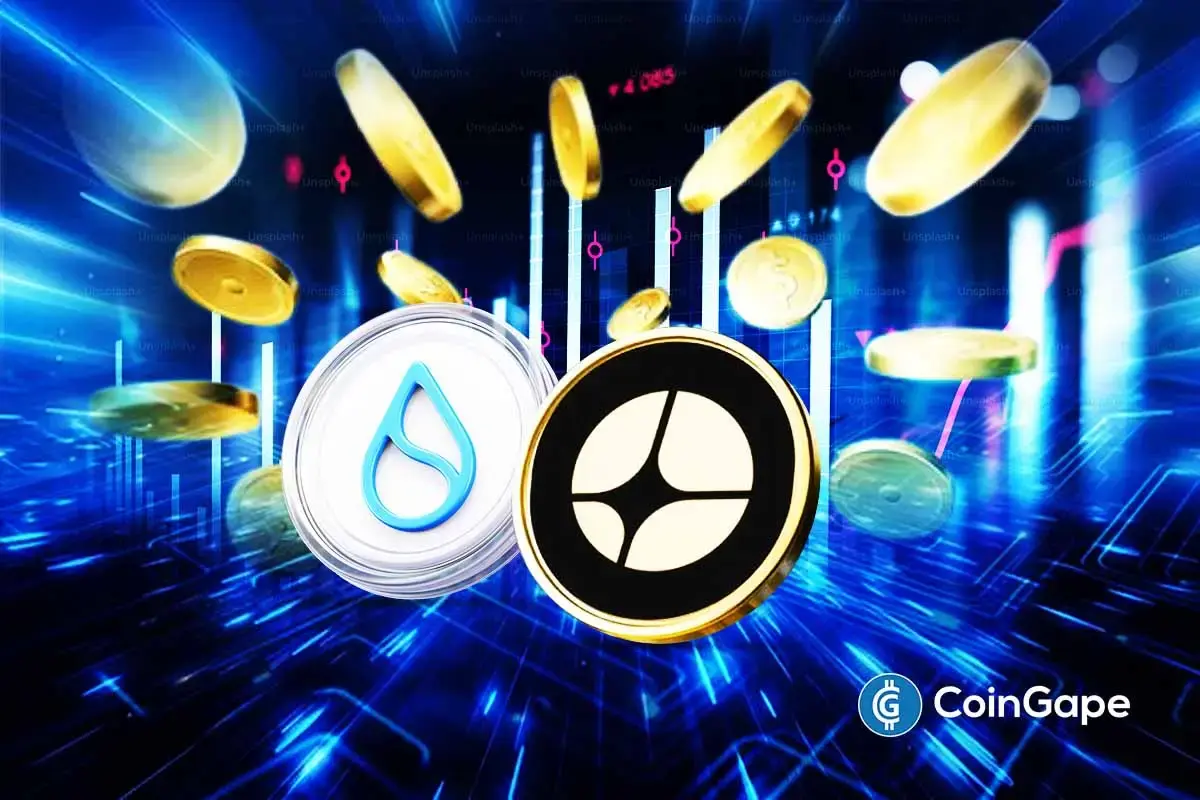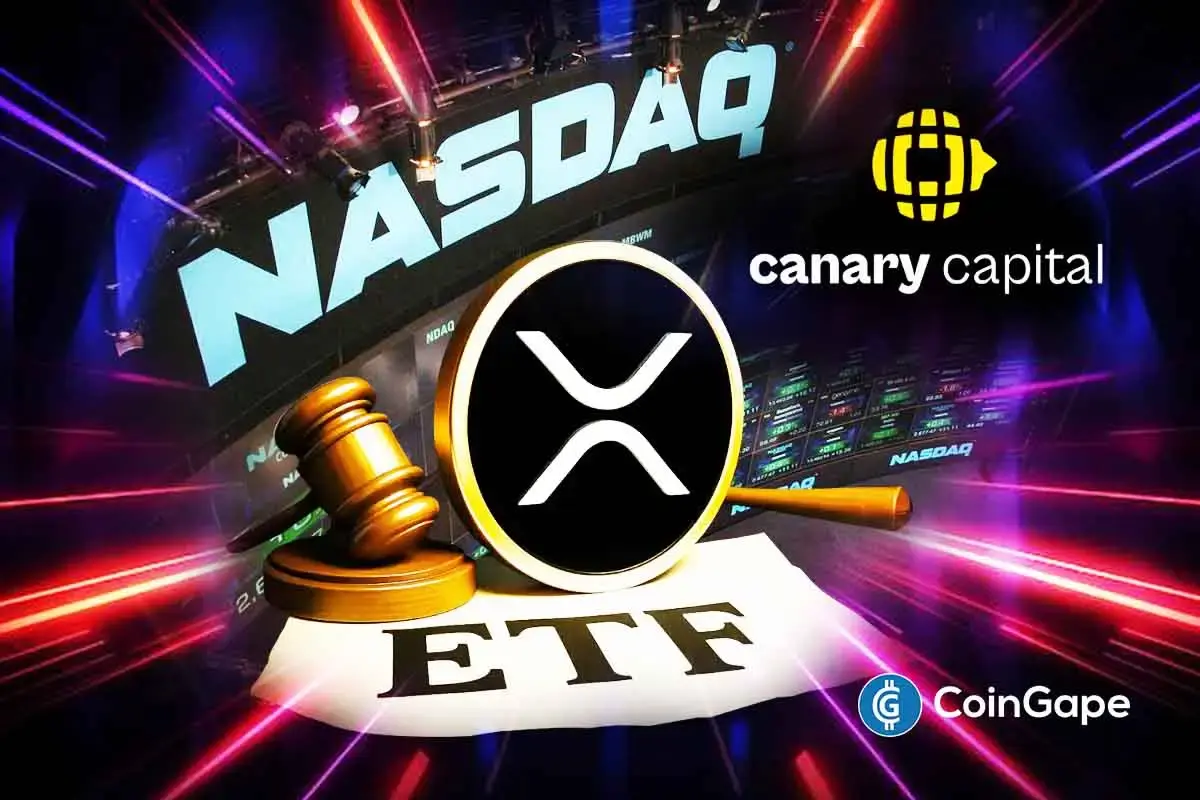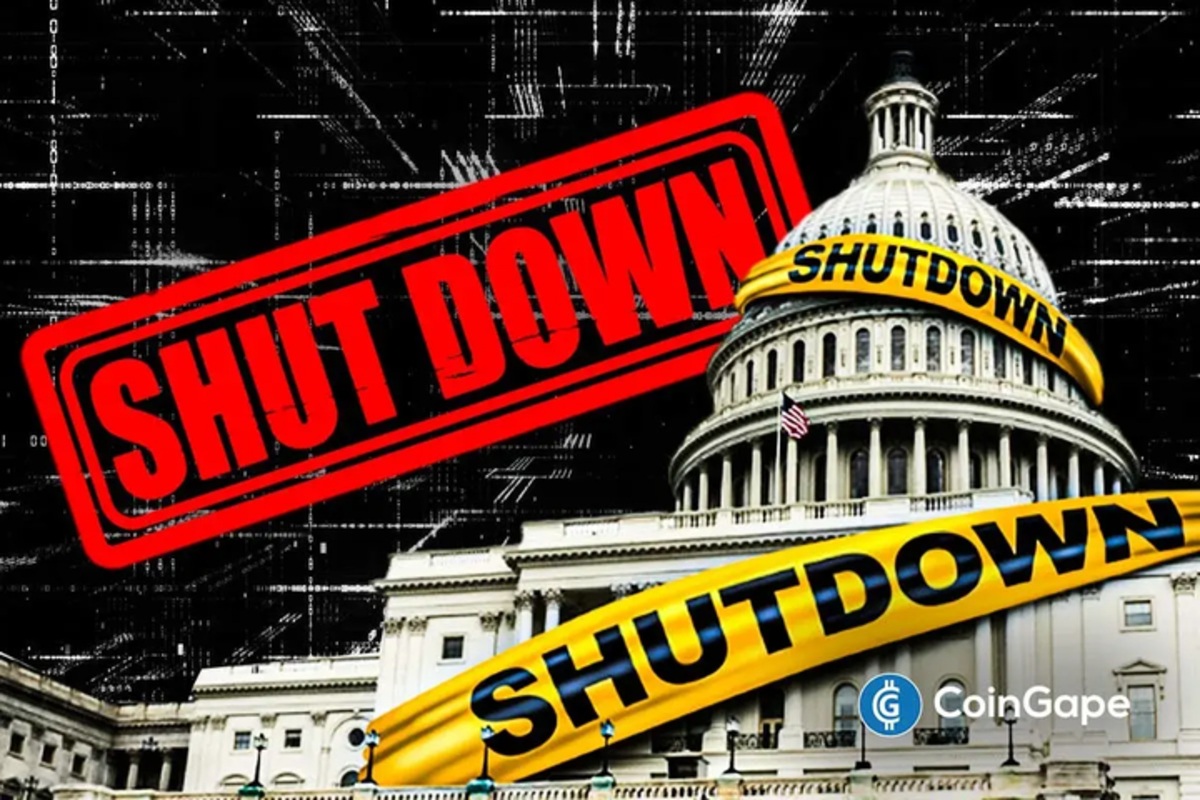How Do You Make Your Crypto Work For You?
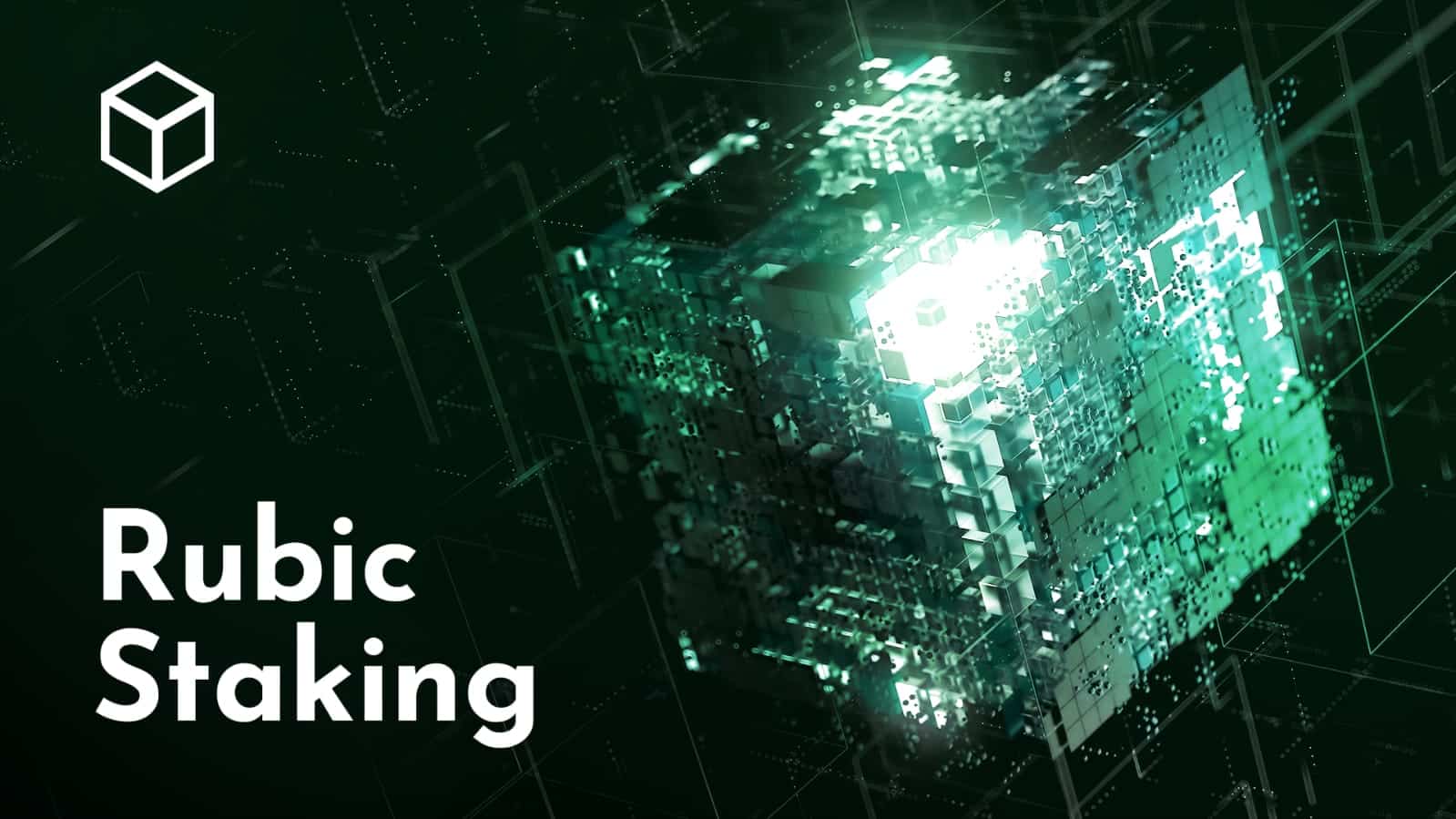
Many people choose to keep their money in the bank, in order to accrue even more money through ‘interest’. The process is simple: you give your money to a bank, the bank uses it, you get the interest. But is it possible to pull the same thing off with your Crypto assets? Sure, it’s called “staking”.
The key takeaway about staking is that it is a way of earning rewards by holding certain cryptocurrencies. Though instead of interest-bearing bank accounts, staking happens via “Staking pools”, where your assets are put to work by a blockchain.
The main difference between Staking and having a savings account, is that while having a bank account gets you fixed interest, staking it instead can be significantly more beneficial. Whereas almost every bank can offer you a savings account, not every cryptocurrency allows staking. For example, you can’t stake Bitcoin, though ETH has staking. So, it’s important to observe the market and to research new staking options.
One of the most promising staking options is $RBC staking by the Rubic project, starting on December 23rd.
Rubic is a Multi-Chain Swap Protocol that acts as a helping hand to implement fast, easy, and safe transactions across blockchains. With Rubic, users don’t need to search for different bridges and pay multiple fees for transactions. Rubic unites the 6 most popular blockchains under one roof: BSC, Polygon, Ethereum, Moonriver, Fantom, and Avalanche; with Solana coming soon as well. Rubic currently supports swaps of 10,000+ assets, and offers a one-click solution to trade them effortlessly.
Rubic has been live for more than a year, and it’s managed to gain significant trust within the Crypto community. Their RBC token is quite popular, and is used for governance; providing liquidity on Multi-Chain; or to participate in staking rounds. The promised APY is about 80%.
The mechanics of profit are simple: for every Multi-Chain Swap, a 0.6% fee is charged by Rubic’s Protocol, and 0.5% of that is distributed to your share of staking. The team will make buybacks of tokens from the market in order to pay the rewards for Staking participants.
Staking often requires a lockup for your crypto, and it usually can’t be transferred for a certain period of time. This can be a drawback, as you wouldn’t be able to trade staked tokens during this period even if prices shift. Yet Rubic allows you to join or leave their staking campaign at any moment, and rewards will be distributed accordingly.
Their RBC staking offer is limited. The maximum deposit amount for a single staking user is 100k RBC, while the maximum depositable amount for the entire campaign itself is 7M RBC total. For detailed information about $RBC staking you may follow the link.
- Toncoin (TON), Plasma (XPL) Rebound as Coinbase Announces Listing
- Hyperliquid Pool Sees $4.9M Loss Amid POPCAT Whale Market Exploit
- SUI Network Gets Major Boost From $100M Astro Perp DEX Success and Stablecoin Launch
- Nasdaq Certifies Canary Capital XRP ETF for Trading Ahead of Milestone Launch Today
- Breaking: President Donald Trump Signs Bill to End Government Shutdown, Bitcoin Bounces
- Death Cross Triggers Sell Signals for Cardano Price— Will ADA Retest $0.50?
- Sui Price Set for a $5 After Launch of USDsui Native Stablecoin
- Ethereum Price Holds Above $3,400: Can Bulls Defend This Key Support?
- After a 108,000% Burn Spike, Will Shiba Inu Price Hit $0.000016 Next?
- Bitcoin Price Eyes Fresh Rally as U.S Government Reopening Sparks Risk-On Mood
- Pi Network Price Eyes Rally to $0.5 as Top Whale Holdings Nears 375M Tokens







